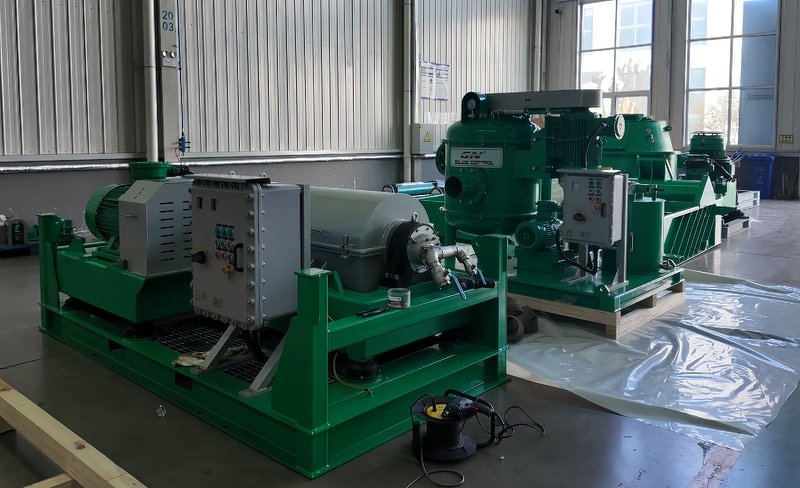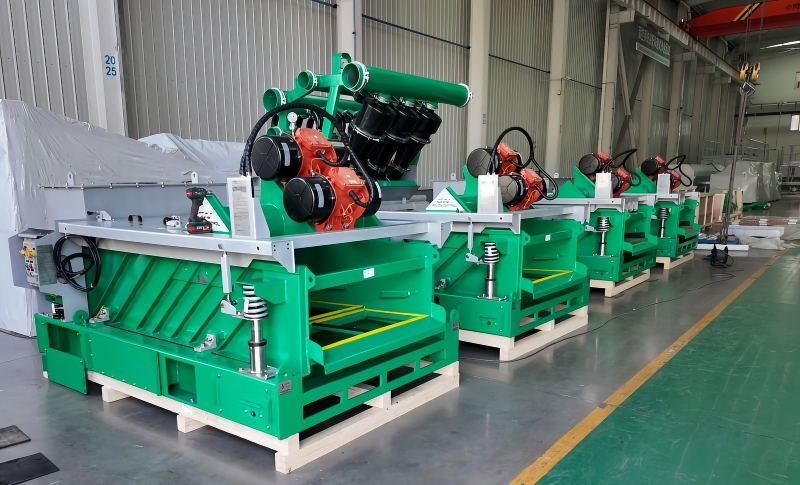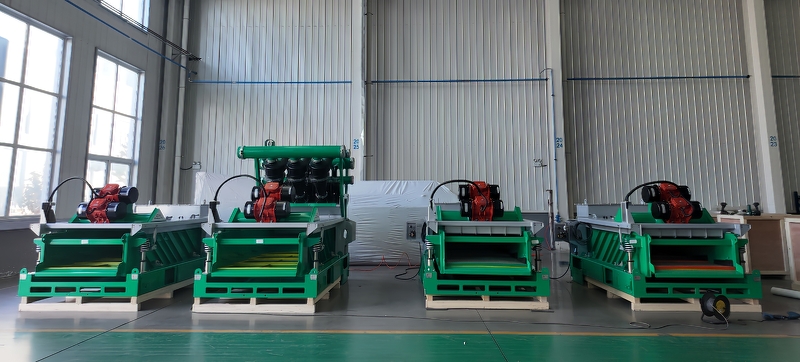


GN Solids Control Co., Ltd. is a manufacturer and supplier of separation equipment and solids control systems for various industries. We have an international presence, including a subsidiary in the United States.
A shale shaker is the first and most critical piece of equipment in the solids control system on a drilling rig. Its primary job is to remove large, drilled solids (cuttings) from the drilling fluid (mud) before the fluid continues through the cleaning system and is recirculated downhole.
Primary Function
Think of it as a high-tech, industrial-sized sieve. It uses vibrating screens to separate solids from liquids. Efficient removal of these cuttings at this first stage is vital because:
Protects Downstream Equipment: It prevents larger particles from overloading and damaging more sensitive equipment like desanders, desilters, and centrifuges.
Maintains Drilling Fluid Properties: Drilling mud is expensive and chemically engineered. Removing solids helps maintain its desired properties (density, viscosity), which is crucial for controlling well pressure, cooling the drill bit, and stabilizing the wellbore.
Reduces Costs: Cleaner mud can be reused, significantly reducing the volume of new mud that needs to be purchased and the volume of waste that must be handled and disposed of.
Improves Drilling Efficiency: Clean mud drills faster and reduces the risk of equipment failures and drilling problems like stuck pipe.
How It Works
The process can be broken down into a few key steps:
Inflow: The “dirty” drilling fluid, laden with rock cuttings from the drill bit, flows from the wellbore onto the shaker’s screens.
Vibration: The screen deck is set into a high-speed vibrating motion, typically driven by unbalanced motors. This vibration fluidizes the mud, allowing it to pass through the screen mesh.
Separation:
Liquid & Fine Particles: The liquid drilling mud and particles smaller than the screen mesh openings pass through and are collected in a tank below, ready for the next stage of cleaning.
Solids & Cuttings: The larger drilled solids (cuttings) are conveyed along the vibrating screen surface and discharged off the end of the shaker into a separate collection bin (the “cutting box”).
Disposal: The separated dry(er) cuttings are then transported for safe disposal, often following strict environmental regulations.
The efficiency of a shale shaker is heavily dependent on the screen mesh size. Finer mesh screens remove smaller particles but have lower fluid capacity and can plug more easily.
For more cases in detail, find Michael
Michael Song
Manager
Whatsapp: + 86 178 0179 9913
Email: michael@gnseparation.com